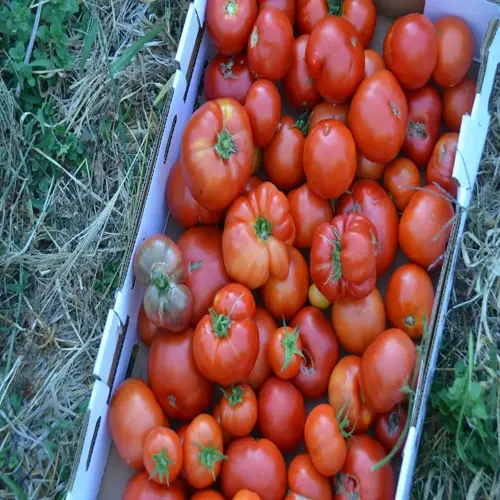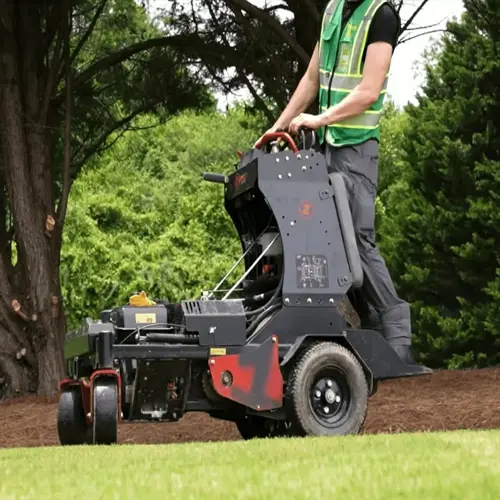What are the most common tomato diseases?

Written by
Kiana Okafor
Reviewed by
Prof. Martin Thorne, Ph.D.Various tomato diseases threaten each growing season. Early blight shows itself as bullseye spots on the leaves. Late blight can devastate the plant in a matter of days in cool weather. Fusarium wilt initially causes the lower leaves to yellow. Blossom end rot shows up as dry, leathery patches on the fruit. Bacterial spot causes dark, small lesions. Read below to gain accurate identification.
Fungal Infections
- Early Blight: Bullseye spots on older leaves
- Remove affected foliage immediately
- Apply copper spray every 7 days
- Improve air circulation around plants
- Water soil directly not leaves
Bacterial Diseases
- Bacterial Spot: Water-soaked leaf lesions
- Sterilize tools with bleach solution
- Use streptomycin after heavy rain
- Remove weeds near plants
- Choose disease-resistant varieties
It's easier to prevent tomato diseases than to cure them. Rotate crops each year, and avoid planting any members of the nightshade family. Provide adequate space between plants for good air circulation. I grow my tomatoes 30 inches apart. Consider using drip irrigation, which keeps their leaves dry. Test your soil pH and aim to keep it between 6.5 and 7.0. Incorporate compost into the soil for balanced nutrition.
Oversee plants, particularly after rain. Check under leaves for pests. Use a 10x magnifier for tiny mites. I inspect the garden every morning. Treat problems at the first signs. Obliterate badly infected plants. Don't compost diseased material. Burn or bag it.
Select resistant types for your region. Mountain Magic tomatoes excel at combating late blight. Defiant tomatoes are resistant to numerous diseases. I place these varieties in the location closest to the compost. They deal with greater disease pressure. Healthy tomatoes are the reward of steady attention. Begin following prevention strategies now!
Read the full article: 10 Common Tomato Diseases and Prevention Tips

